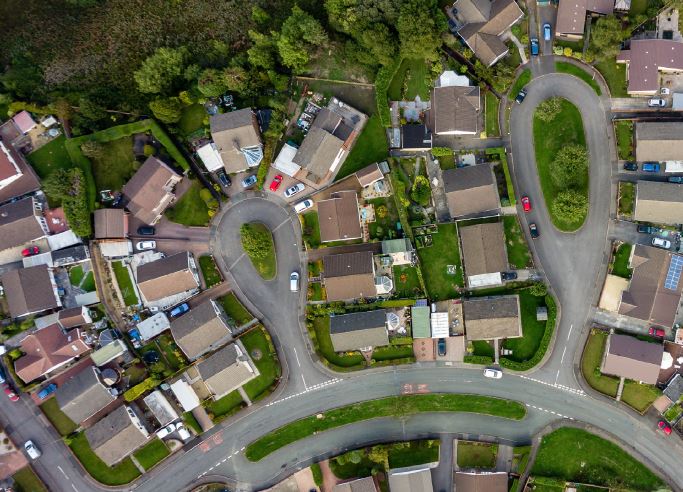
The need cuts across just about all income levels as Mesa County faces a housing crunch that is large and growing. Employers routinely tell staff of difficulties their relocating employees face in acquiring a home. Some have even resorted to buying rental/transitional units for new workers and their families.
Grand Junction recently completed a Housing Needs Assessment. Click here to see the Executive Summary.
Grand Junction recently completed a Housing Needs Assessment and the executive summary can be found at
www.gjchamber.org/houseneedsassessment.
Some of the findings include:
- Between 2010 and 2019, the median rent in Grand Junction increased from $770 to $935, a 21% increase. Renter incomes rose as well, but only by 14%, not enough to absorb the change in rents.
- Over half of all Grand Junction renters (53%), 5,700 renter households, are cost-burdened, spending 30% or more of their income on housing costs. Over one fourth of renters (27% or 2,800 households) are severely cost-burdened, spending at least half of their income on housing costs.
- In Mesa county, 52% of renter households or almost 9,800 renter households are cost burdened, of these, around 5,000 households are severely cost burdened.
- Based on a gaps analysis (which compares supply and demand at various price points), Mesa County has a 3,736-unit shortage of rentals priced affordably for renters earning less than $25,000 per year.
- In Grand Junction, the gaps analysis shows a 2,168-unit shortage for households earning less than $25,000 (needing rentals for less than $625/month).
- Low interest rates, a large drop in inventory, and low construction levels since the recession, have caused substantial price increases over the past two years. As of March 2021, median sold price was $309,000 in Mesa County overall, reflecting about a 33% increase over 2010 values. In contrast, median income decreased by 0.2% between 2010 and 2019 in Mesa County.
- Renters earning less than $50,000 per year can afford a maximum home price of about $241,190 and they represent 68% of all renters. Cumulatively, only about a third (29%) of Grand Junction’s sold homes were affordable to them.
- The homeownership rate declined in both Mesa County and Grand Junction between 2010 and 2019. It dropped from 71% to 68% in Mesa County and from 64% to 58% in Grand Junction
- Rising rents and rising home prices both create barriers to ownership as current renters have a harder time saving for a down payment while the liquid capital required for a down payment rises with escalating home prices. In addition, homes priced affordably for low-income residents are increasingly being cash financed, leaving low-income homebuyers unable to enter the market.
The next step will be for the city leadership to look at strategies for addressing the need for more affordable and workforce housing. That conversation is expected to begin in June. The Chamber remains committed to working with other community leaders to address what has become a significant economic development issue.
